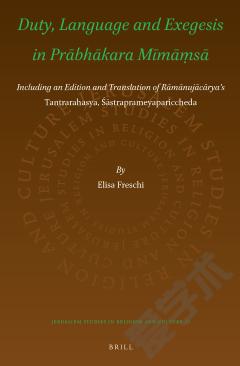A Sanskrit Grammar —— Including Both the Classical Language, and the Older Dialects, of Veda and Brahmana
-----
Regard has been constantly had to the practical needs of the learner of the language, and it has been attempted, by due arrangement and by the use of different sizes of type, to make the work as usable by one whose object it is to acquire a knowledge of the classical Sanskrit alone as those are in which the earlier forms are not included. The custom of transliterating all Sanskrit words into Euro pean characters, which has become usual in European San skrit grammars, is, as a matter of course, retained through out; and, because of the difficulty of setting even a small Sanskrit type with anything but a large European, it is practiced alone in the smaller sizes. While the treatment of the facts of the language has thus been made a historical one, within the limits of the language itself, I have not ventured to make it comparative, by bringing in the analogous forms and processes of other related languages. To do this, in addition to all that was attempted beside, would have extended the work, both in content and in time of preparation, far beyond the limits assigned to it. And, having decided to leave out this ele ment, I have done so consistently throughout. Explanations of the origin of forms have also been avoided, for the same reason and for others, which hardly call for statement.
{{comment.content}}








 京公网安备 11010802027623号
京公网安备 11010802027623号